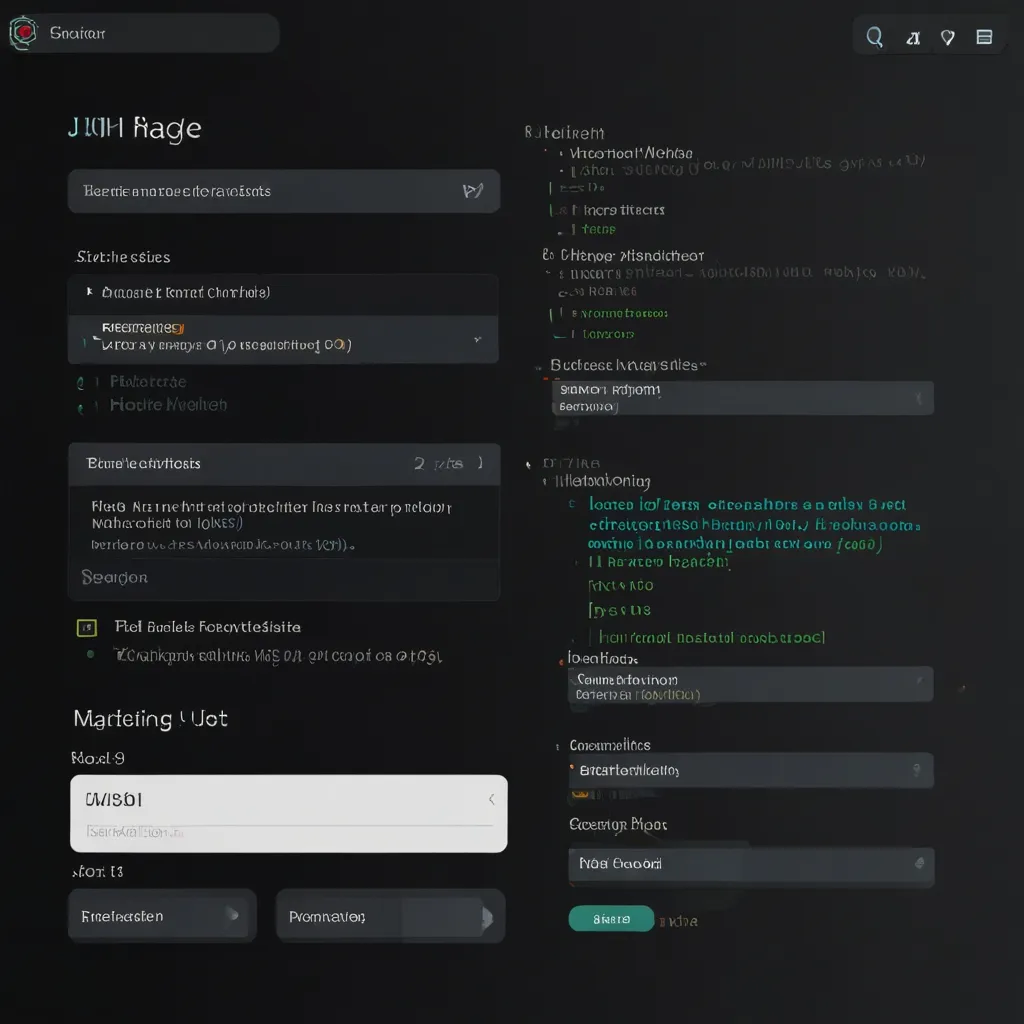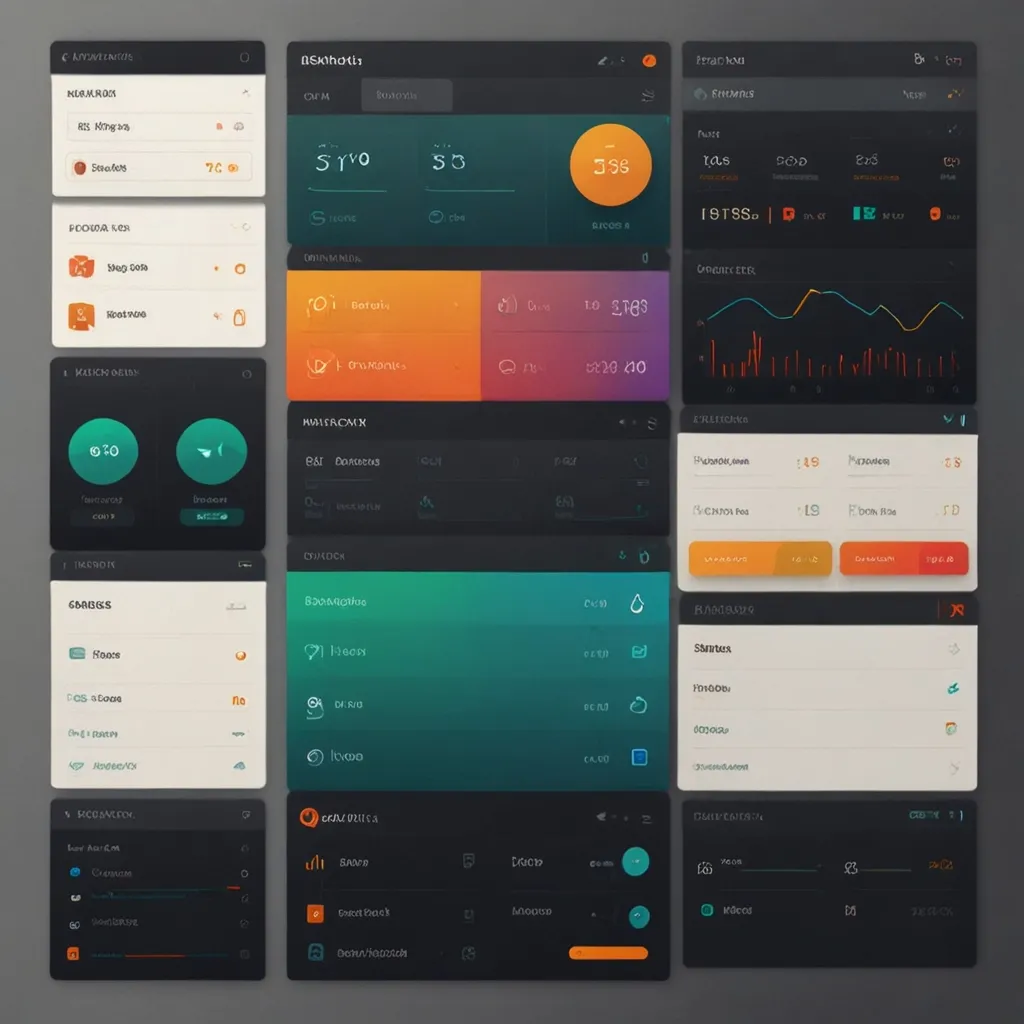Demystifying Service Workers: Making Websites Smarter and Faster
Service workers have become the secret sauce in modern web development, jazzing up user experiences by making websites work offline, sending push notifications, and syncing data in the background. Think of them as the behind-the-scenes magicians for your web apps, making sure everything runs smoothly even when you’re not online or actively browsing.
Service workers might sound like a fancy term, but at their core, they’re just JavaScript files doing some heavy lifting. They work separately from the main web page, running on a different thread entirely. This means they don’t interfere with your app’s performance. They kick into gear even when you’re not actively using the site, performing tasks that make your experience better without you even realizing it.
So, how do they work their magic? When you visit a site that uses a service worker, the browser kicks off the registration and installation process. During this, the service worker stashes away essential resources like HTML, CSS, JavaScript, and images in a cache. This sneaky cache trip lets your app work smoothly even if your internet connection decides to take a nap.
One of the rockstar features of service workers is offline functionality. They intercept network requests and serve up cached content when you’re offline. Imagine you’re using a news app; the service worker can store articles so you can read them later, even if you’re on a plane with no Wi-Fi. When you’re back online, the service worker updates its stash with new content.
Another cool trick up their sleeves is background sync. This lets your app sync up with the server even when you’re offline or have a shoddy connection. Picture this: you’re on a messaging app, but the signal is terrible. No worries. The service worker captures your message, holds onto it, and fires it off once you’re back in business with a solid connection.
Push notifications are another game-changer. They keep users engaged with relevant messages, even when they’re not on your site. Modern browsers use services like Firebase Cloud Messaging or Mozilla’s Push Service for these notifications. Service workers listen for push events and handle them, ensuring users get those nudges and alerts.
To get a service worker rolling, you have to register it, usually from a global script that runs on every HTML page of your site. When you register it, you decide its scope, or which part of the site it will handle. It could be a specific section or the whole site — you’re the boss here.
The service worker lifecycle consists of registration, installation, activation, and termination. During installation, it caches resources and sets up event listeners. Activation is when it starts controlling the site, and termination happens when it’s replaced or unregistered. Knowing these stages helps you manage your service workers like a pro.
Despite being pretty awesome, service workers aren’t without their quirks. Their asynchronous nature and cache management can be tricky to handle. Plus, because they intercept network requests, they need to be secure. Browser compatibility is another hurdle, so thorough testing across different browsers is a must.
Service workers are already making waves in various fields. In e-commerce, they allow for offline shopping, letting users browse and add items to their cart without a connection. In media, they enable offline access to content like articles and videos, syncing up when back online. Collaboration tools also reap the benefits, allowing users to edit documents offline and sync changes later.
Overall, service workers are crucial in creating Progressive Web Applications (PWAs), offering a native app-like experience right through your browser. They enable offline functionality, background sync, and push notifications, making user experiences seamless. A weather app, for example, can use a service worker to cache data so users can check the weather without internet. Once connected again, the service worker updates in the background.
Looking ahead, service workers have a bright future. They are set to become even more powerful, with future developments enabling advanced features like custom templating, performance boosts, and API mocking. As web technologies evolve, service workers will be at the heart of making web apps as robust and reliable as native ones.
In a nutshell, service workers are like the unsung heroes of web development, adding robustness, reliability, and engagement to web applications. By mastering their implementation and management, developers can make apps that stand strong, even in the face of lousy network conditions. Whether crafting a PWA or just upping a site’s game, service workers are indispensable in modern web development.






